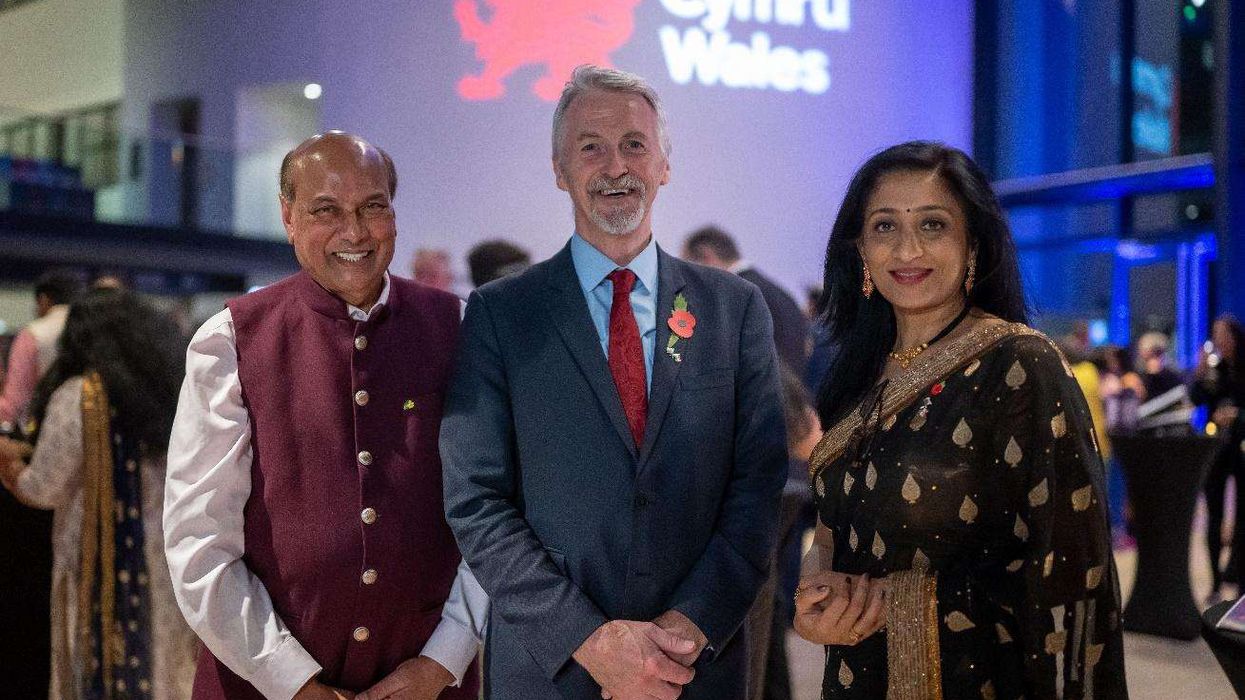A Dalliance with Destiny by Aman Singh Maharaj: The tale, set in South Africa and India, spans a century and follows the exploits of a young man searching for his epic life story. Using magical realism, the reader is taken through a guttural introduction of the woebegone archetype, wading through the contemporary world with fervour, not fully grasping the reasons as to why he is undergoing certain negative experiences. Riddled with lyrical prose, the text is a feast for lovers of the English language, embedded in rich metaphors that are sustained throughout the novel, and leads towards a series of twists and turns.
Shantaram by Gregory David Roberts: The novel keeps the reader enthralled despite it being written in the first person. Effectively, every scene has the protagonist in it, but far from tiring of his character, and despite being a criminal, he has the reader’s support. The tale has pace, but also combines intense reflection during some violent Bombay underground scenes. The language is gritty but has an old school charm in its romance. The lengthy story was followed by a successful sequel that answered many questions from the first novel.
Great Expectations by Charles Dickens: The hero introducing himself by name at the beginning captures the beautiful simplicity of this tale. Books where the reader is addressed through the text is an art that Dickens perfected. The linkages Dickens creates with this tale are beautifully crafted, especially in an escaped prisoner being an unknown benefactor to Pip in his later years.
Lolita by Vladimir Nabokov: Despite the sordid theme, the sheer lyricism of Nabokov’s writing keeps the reader spellbound. His descriptive paragraphs on the varying versions of Lolita’s name and their origins are vividly scribed. Nabokov manages to extract a kind of empathy for the protagonist, creating a moral dilemma for the reader.
To Kill a Mockingbird by Harper Lee: Set in the American south during an era when African-American people were still suffering social stigmas post slavery, the writer, through her stoic character development of the white lawyer who fights for justice for a man wrongly accused of a heinous crime, achieves a masterpiece. With her writing, Harper Lee’s immense prose became the gold standard for the collective conscience of 1960’s USA.
A Passage to India by EM Forster: A story scribed in an era when the demise of the British Raj in India was becoming a very real likelihood. The novel now stands in the canon of English literature as a truly great discussion of that colonial presence. It demonstrates how cross-cultural friendships attempt to bridge the divide between the coloniser and
colonised. The novel is richly textured in descriptions, where its author reveals himself to be an excellent stylist and an astute judge of human character.
A Suitable Boy by Vikram Seth: Set primarily in the town of Brahmpur, this novel captures the lives of an ordinary family in the most extraordinary way. At some 1,500 pages, the lengthy book requires a beginning that breaks down the genealogy of interconnected families, the reader can refer to when clarity is required. The novel is so intensely penetrated into the various characters that the reader feels he is a member of the
extended family themselves. Seth keeps the reader enthralled throughout, even in the
historical bits, bearing testimony to his skill as a writer.
Far from the Madding Crowd by Thomas Hardy: There is no greater writer of tragedy in romance than Thomas Hardy, and this novel exemplifies that more than any other. Released in 1874, the masterpiece captures the whimsical nature of the coquettish heroine, immersed in her own beauty, but seeking to be enthralled in love. Hardy’s detailed description of the once hardened Boldwood, who becomes besotted with Bathsheba, is a giddy portrayal of a confirmed bachelor descending into madness. The role played by the stoic Gabriel Oak, who loves her from afar, provides the reader with an insight into a more sacrificial love, who keeps his emotions in check. The entire novel is a thrilling examination of the several types of love shown by a man to a woman.
Delhi by Khushwant Singh: The author’s magnum opus captures his furtive love for the city, while ‘period hopping’ between two different eras in the tale. Gaudy history is combined with
creative writing, bringing to the fore a novel that is daring, at times depraved, but most thrilling. At the end, the reader is left with an in-depth understanding of the development of old and modern Delhi, capturing the grime and sordid underbelly embedded in its creation over the centuries.
A Fine Balance by Rohinton Mistry: Through the writing of Mistry, one gets to understand Bombay and its social quagmire, experienced through an array of characters from differing statuses. He always manages to bring in the quaintly fascinating, sizeable Parsi community in the city. Set in 1975, the book is almost depressing in its storyline, but due to a burgeoning climax, it is difficult to put down. The bleakness of the lives of the main characters is embedded throughout the novel, taking the reader down the despairing path of their emotions.
Dr Aman Singh Maharaj is a South Africa-based writer. His debut novel A Dalliance with Destiny is out now. Visit www.amansinghmaharaj.com for more.

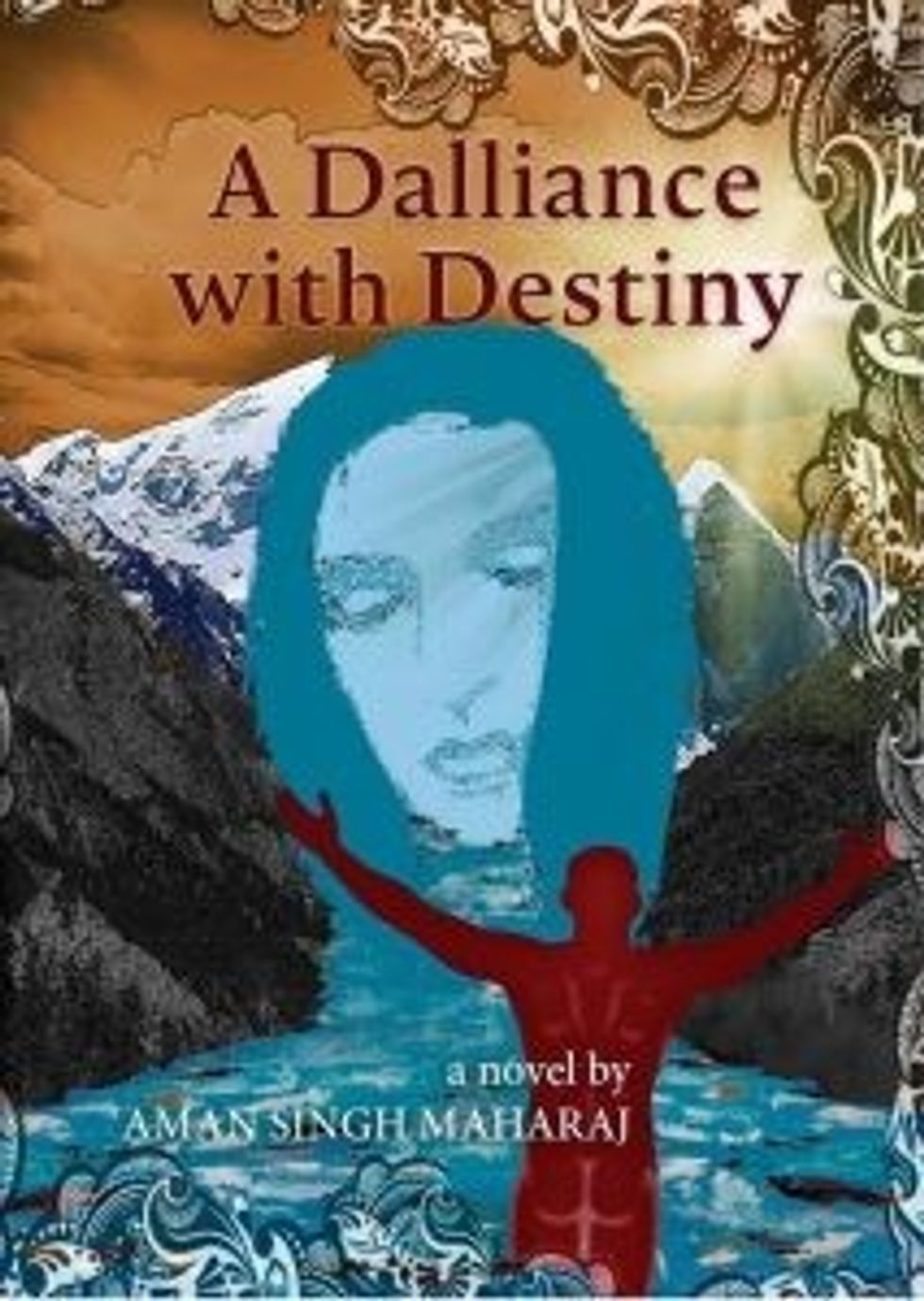
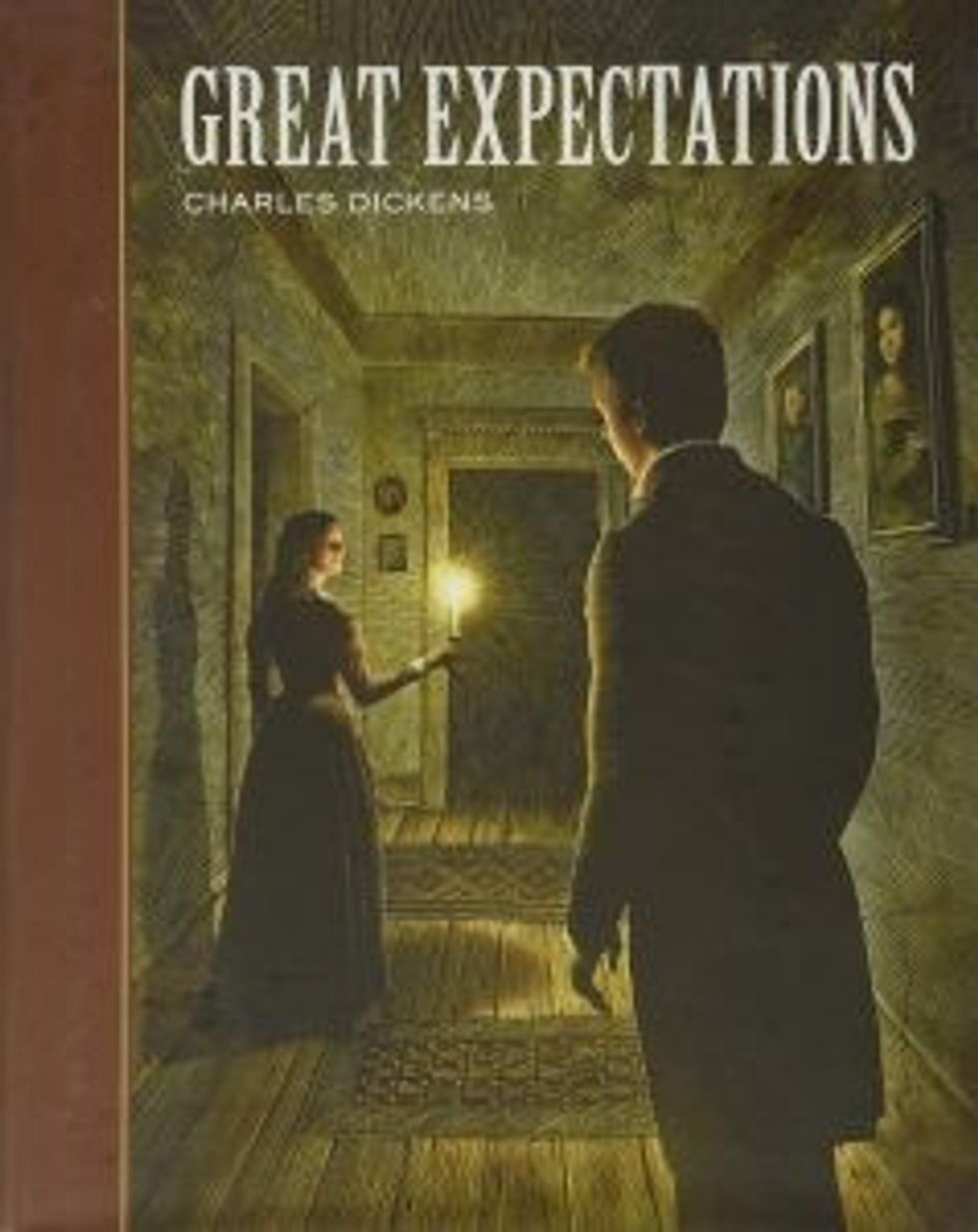
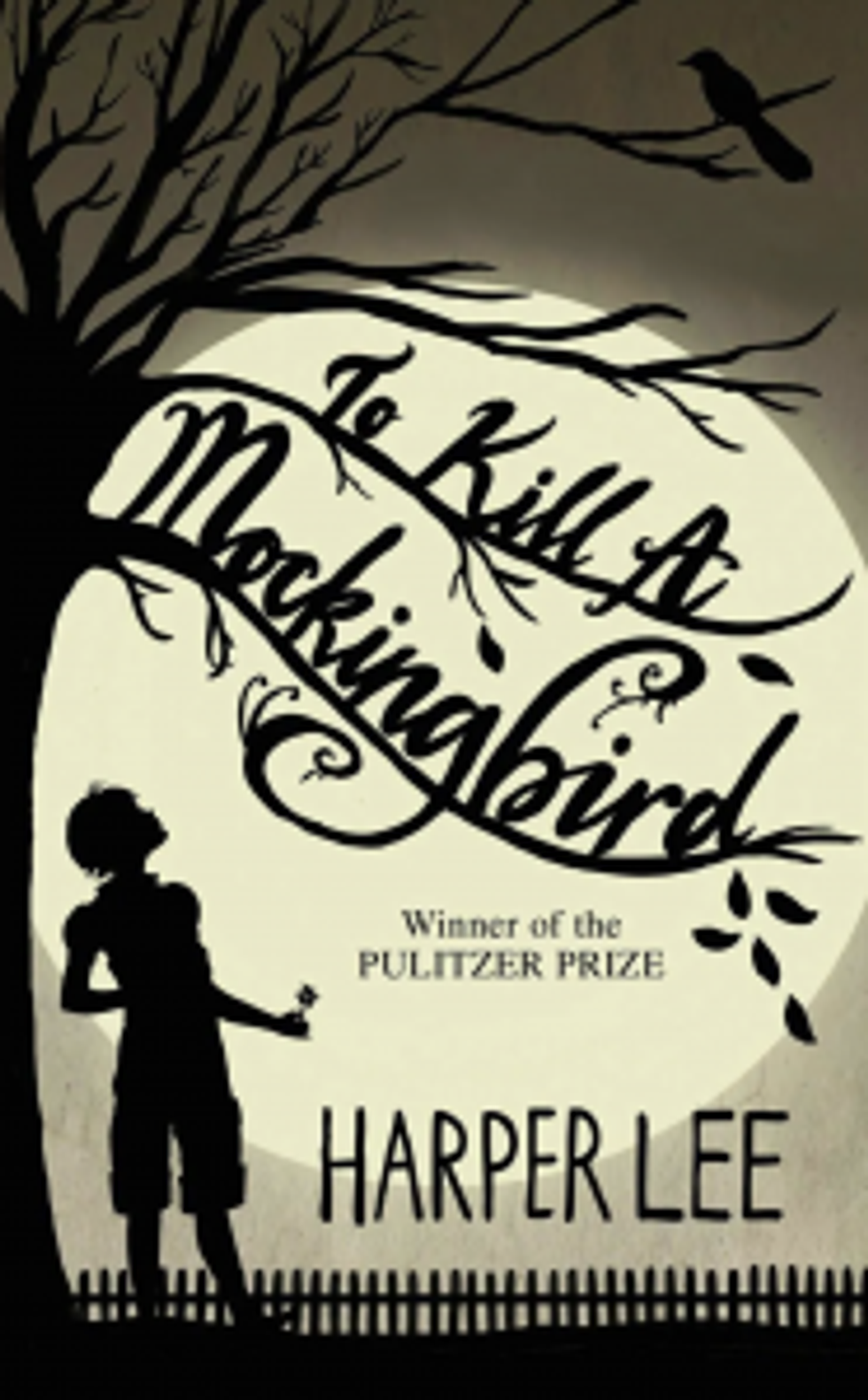
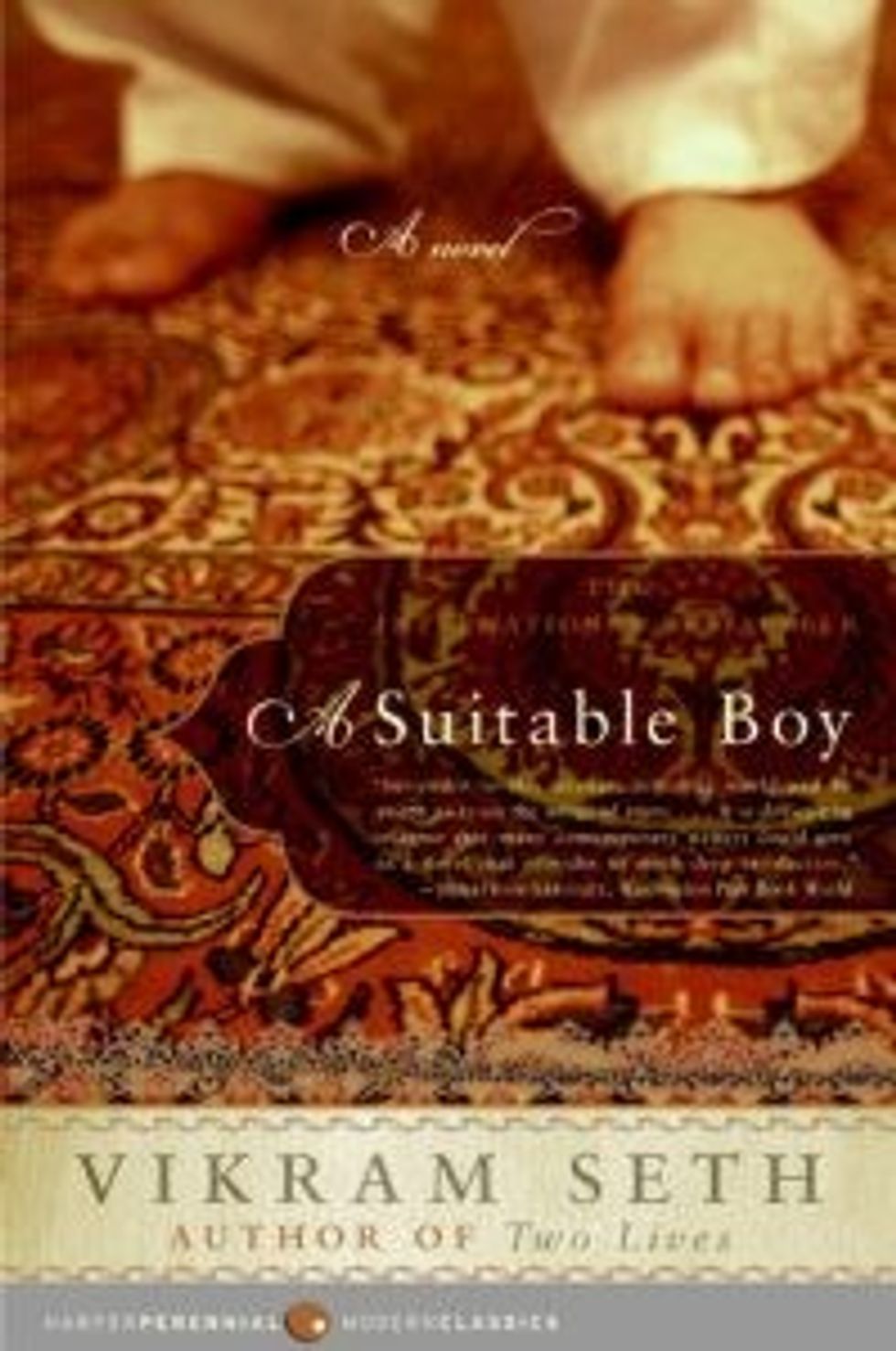
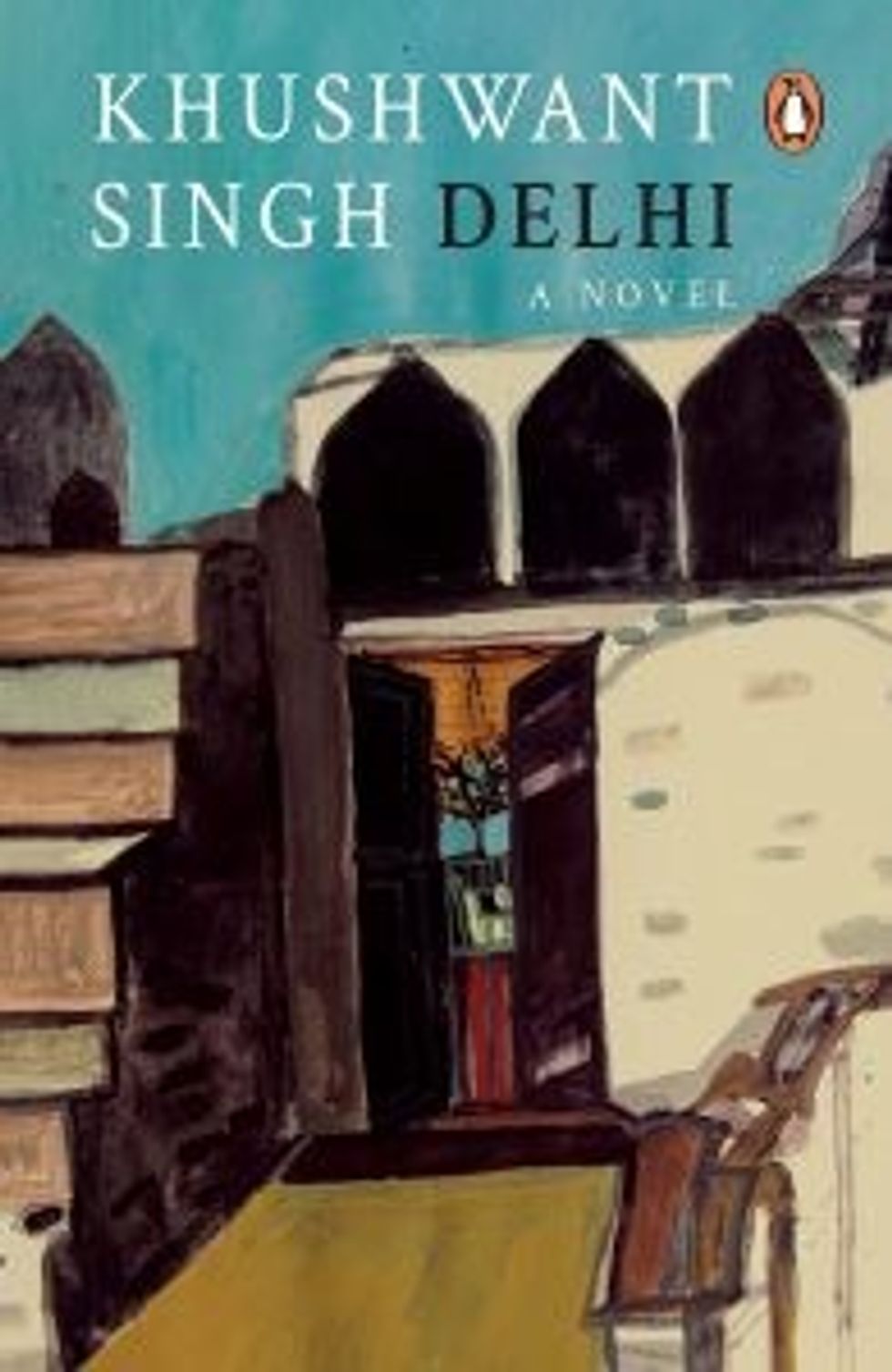





 R Madhavan shares insights on global perception of Indian men Getty Images
R Madhavan shares insights on global perception of Indian men Getty Images 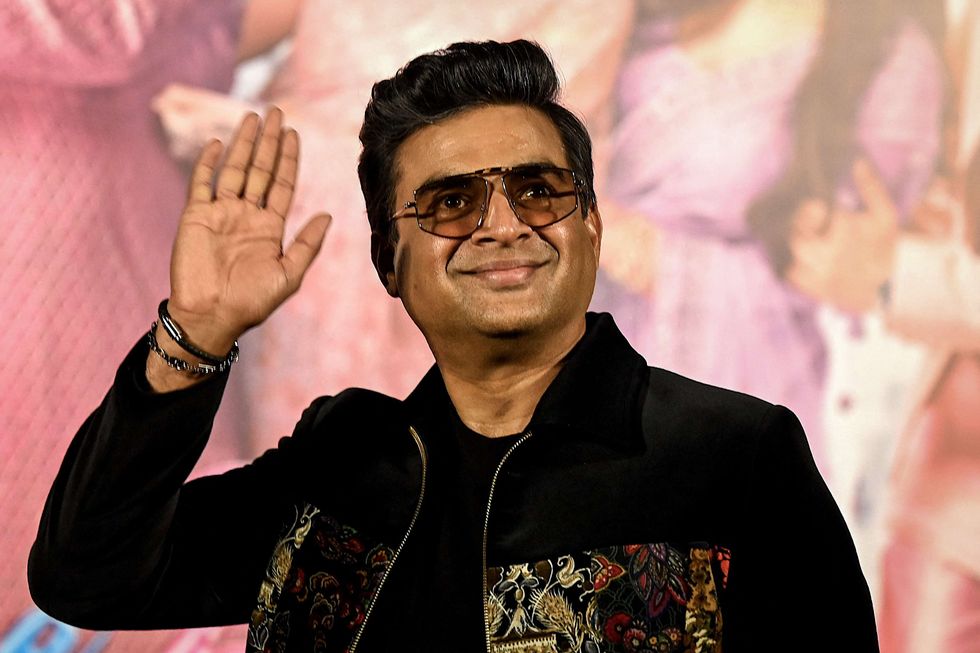 R Madhavan jokes about Indian men now being seen as entrepreneurs abroadGetty Images
R Madhavan jokes about Indian men now being seen as entrepreneurs abroadGetty Images Madhavan on changing male stereotypes and modern cinemaGetty Images
Madhavan on changing male stereotypes and modern cinemaGetty Images





